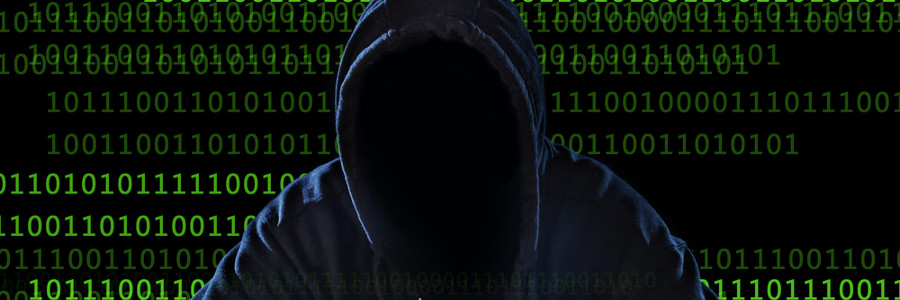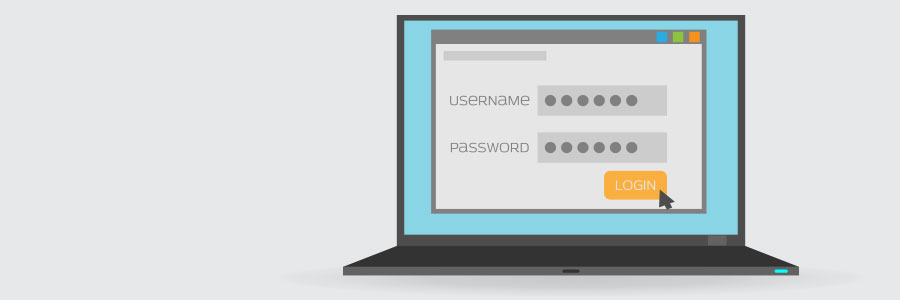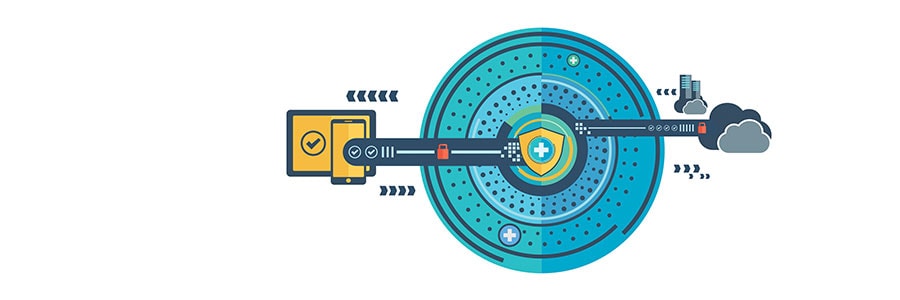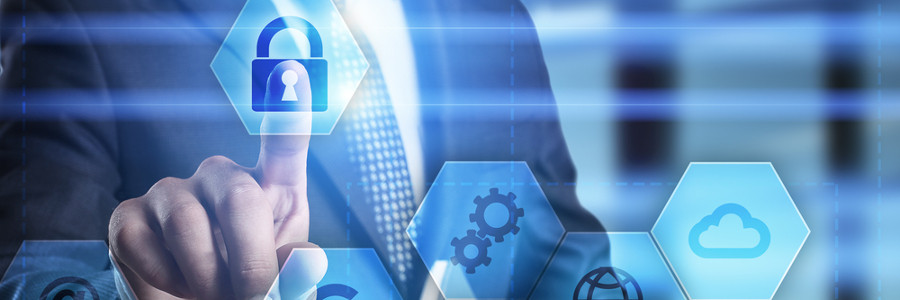Advertisements and “helpful” suggestions based on your internet browsing habits can be troubling. But what’s even more alarming is that hackers have found another way of tracking you via seemingly harmless autocomplete passwords. Here’s what you need to know.
VPNs: Why you need them
Not all hackers are cybercriminals

What do you call someone who hunts for security gaps in computer hardware and software? A hacker, right? What about someone who presents their findings to vendors to help them improve the quality of their products? There is more than one type of hacker, and understanding the difference is important.
The lowdown on cloud security

While many IT providers tout the revolutionary benefits of the cloud, very few address the security aspect of it. The fact is, when you’re using a cloud service, you’re moving information out of your hands and into a third party. So doesn’t it make sense to take precautions? Dropbox alone has had the accounts of nearly seven million users hacked.
Is your IT security proactive?

Most managed IT services providers (MSPs) promise “proactive” cybersecurity consulting. Businesses large and small embrace the idea of preventing cyberattacks and data breaches before they happen, and MSPs themselves would much rather brainstorm safeguards than troubleshoot time-sensitive downtime events.
Secure your Mac computer in 6 easy ways

Although it is important, security is something that some Mac users overlook. That’s fine if all you do is watch YouTube videos or experiment with Photo Booth, but not if you use your computer for day-to-day business operations. Prevent internal and external threats from harming your device with these tips.
4 types of hackers that may target SMBs

Why do hackers attack? Is it for money, notoriety, or political reasons? As a business owner, you should always try and find out the motive behind an attack to help you determine whether or not you’re a target and what data you need to protect. Let’s take a closer look at four different types of hackers and their motives.





